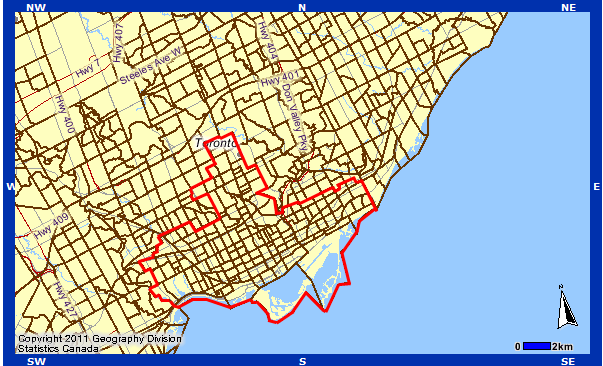adma
Superstar
Ugh. Arguing semantics again with nfitz. What I said above is absolutely correct. Guelph is in Wellington County, but for most intents and purposes is not part of it, and the county government has no control over it. Maps do not show thick County/RM/District boundaries around London, Guelph, etc;The MTO does not erect county border signs when leaving a separated city like London with COUNTY MIDDLESEX signs on the 401 like it does at county/RM borders. Judicial districts are absolutely based on county/district lines, and so are Census Divisions.
Yeah, and some in this thread are eager to counterargue that the ambiguities are the result of laziness, deception, etc. Like we should reverse decades of common usage in the name of "correctness". Look, people: just because a city is "separated" in certain critical governance regards doesn't mean it's a Virginia-style Separated City (which *are* depicted as separate on maps and road signage).
Then again, I noticed that the most recent official Ontario road map seems to have gotten awfully wonky about how it depicts division/subdivision boundaries--it'd appear that Guelph *does* have a thick countyish boundary; yet Greater Sudbury for some reason didn't! Though given *everything* out there in the GPS era, it could just as well be that Ontario's official cartographers don't much care anymore and are playing out the string until the province gets out of the official-road-map racket altogether...





